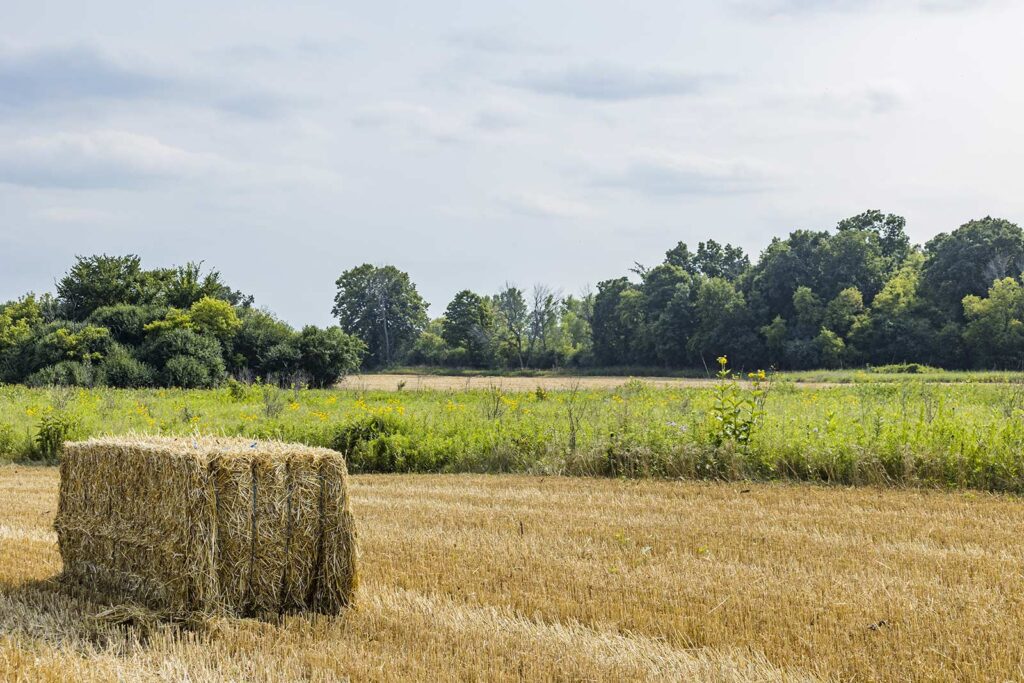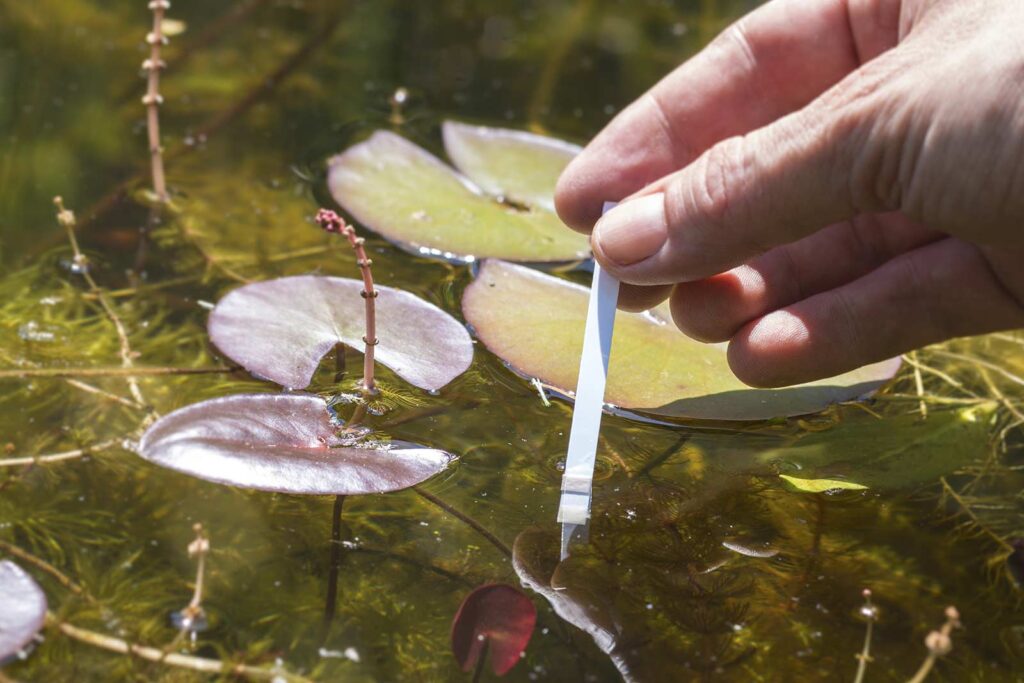Why Choose Prairie Strips Over Traditional Strip Designs?
When beginning your contract with the Conservation Reserve Program (CRP), you may have questions regarding which types of farming practices are best suited for maximizing the benefits of the program. Through the Clean Lakes, Estuaries and Rivers (CLEAR) Initiative established by the CRP, CP-43 Prairie Strips is a new project designed to assist you with […]
Why Choose Prairie Strips Over Traditional Strip Designs? Read More »


